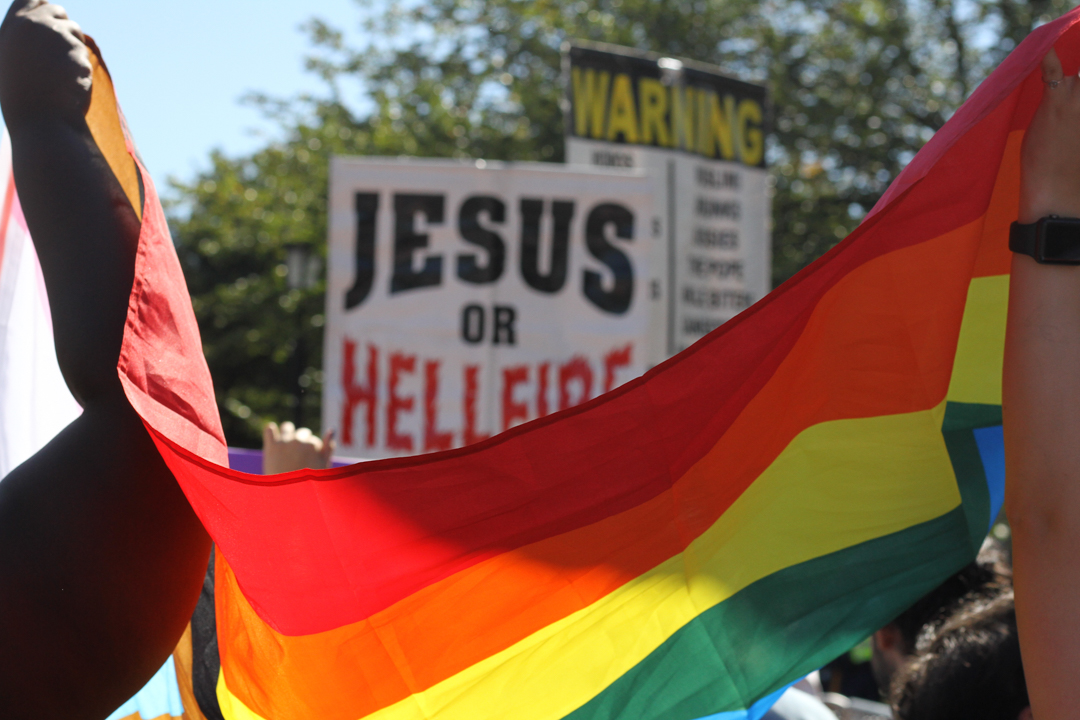In today’s fast-paced world, we often find ourselves standing at a crossroads, struggling between what we believe and who we are. Many people face this conflict, especially within marginalized communities. The tension between faith and identity can feel like an endless tug-of-war. Amidst all the chaos, how can you remain true to your faith when the core of your identity doesn’t align with your beliefs?
The struggle between faith and personal identity often feels like walking a tightrope. People often juggle with identity crisis both in real life and in literature. But how do these fictional characters bring together these opposite forces? In “The Blue Street Stories,” Arthur L. Jenkins portrays these complex dynamics in his literature, offering a glimpse into the lives of characters who navigate these scenarios and ultimately find their way to a deeper understanding of themselves.
The Crossroads of Faith and Identity
The tension between faith and identity is not new, but it takes on a unique flavor within marginalized communities. “The Blue Street Stories” goes deeper into this struggle with raw honesty. The book hints at the loss of something sacred – innocence, hope, or purity—when faced with the harsh realities of living a life that doesn’t follow societal norms.
Characters in Jenkins’ work often find themselves at odds with the religious teachings they grew up with, teachings that label their identities as sinful or wrong. This creates an internal conflict, where the characters must choose between rejecting a core part of who they are or abandoning the faith that has shaped their entire worldview.
Fiction Meets Reality
Fictional characters often serve as mirrors, reflecting our battles and triumphs. In literature, we meet individuals who, despite the odds, refuse to let go of either their faith or their identity. Instead, they take on a journey to reconcile the two, discovering that it’s not about choosing one over the other but finding a way for both to coexist.
Merging faith with a nonconforming identity often pushes characters to explore their beliefs more deeply, leading to intense self-reflection and growth. Jenkins skillfully depicts this duality, where faith is not abandoned but rather reinterpreted and integrated with a newfound understanding of self.
The Power of Duality
Finding a Way!
While juggling between faith and identity, it isn’t about letting go either; it’s about understanding that both can coexist and even complement each other. This duality can lead to a greater sense of purpose and belonging. Imagine the power of standing firm in who you are while also holding on to the beliefs that give your life meaning.
The character begins to see their identity not as a flaw but as a significant part of their spiritual journey. This shift is crucial, as it highlights the possibility of embracing both faith and identity without compromising either.
The Blue Street Stories
“The Blue Street Stories” by Arthur L. Jenkins is a book that sheds light on challenging themes such as identity crisis and the harsh realities of life as part of a marginalized community. It focuses on personal experiences involving sexuality, relationships, and the consequences of certain life choices, particularly within the context of the LGBTQ+ community.
Conclusion
In the end, the real story isn’t about the battle between faith and identity; it’s about the accord that can be found when we stop viewing them as adversaries. By accepting both, we open ourselves up to a deeper, more authentic sense of purpose and belonging—a place where we don’t have to lose our faith to find ourselves.
